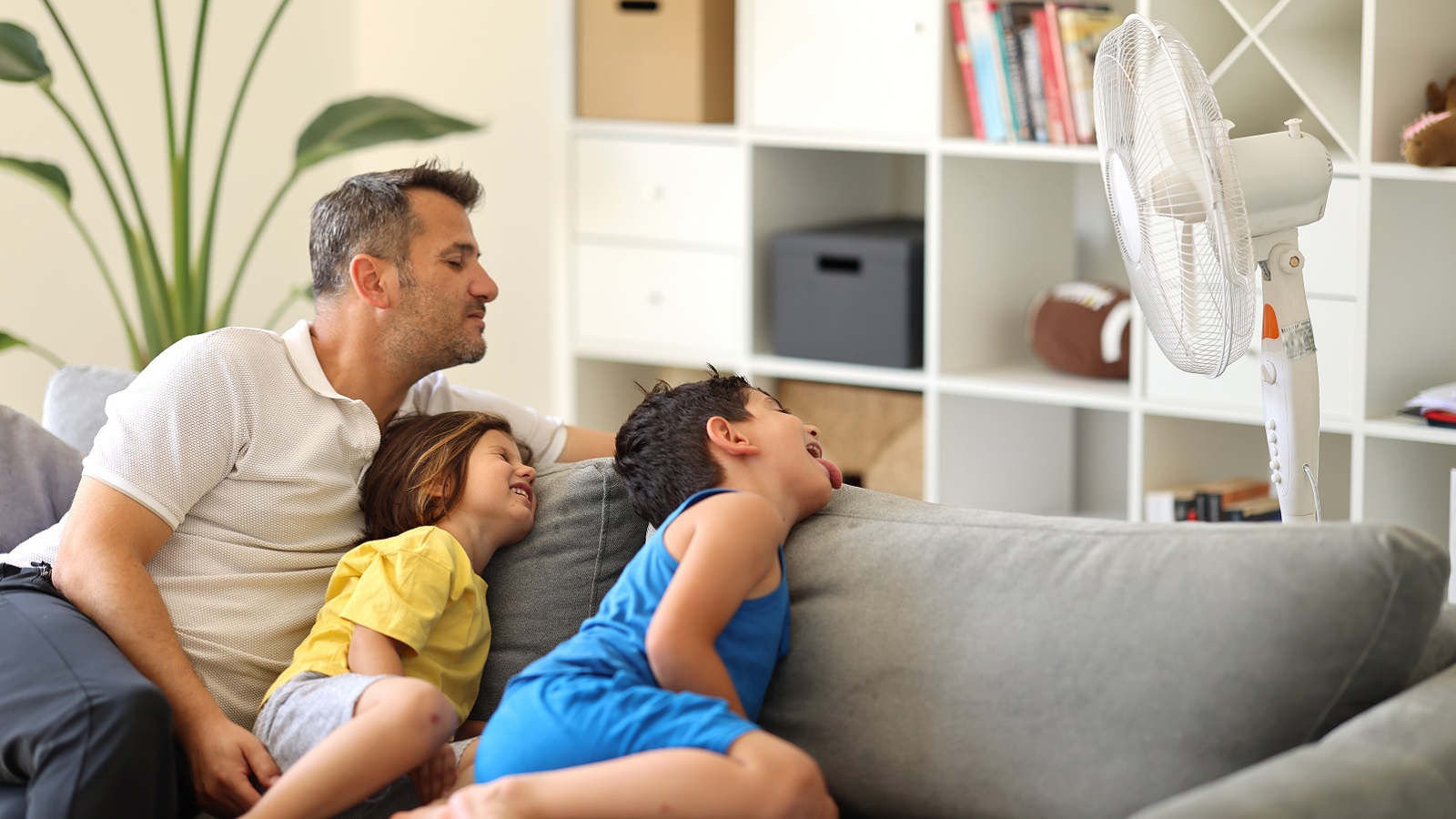
Temperatures are heating up. In fact, scientists are now warning that 2024 could surpass heat records for the second year in a row. That’s saying a lot, as 2023 was the warmest year on record. Typical residential customers' monthly electricity bills are forecast to average $173 this summer, up from$168 last year, according to the latest estimates from the Energy Information Administration.
With nearly 20 million households behind on their utility bills, according to the National Energy Assistance Directors Association, you may be wondering how to stay ahead and save money on your summer energy bills.
You’re in luck. We’ve put together (along with some advice from the experts) ten ways you can cut your utility bills and stay cool this summer.
1. Shop around for better rates
Milwaukee has the highest utility costs in the U.S., according to a 2023 study from doxoINSIGHTS, with households paying an average of $538 per month or $4,196 per year in utility bills.
“Many states have deregulated their energy markets, so customers can shop around for the best deal," said Mark Feygin, Founder and CEO at PowerSetter. "When picking a supplier, you don’t have to worry about quality — It’s all the same. You just need to figure out which company is offering the cheapest price and the best terms for your needs, and there are tools out there to help.”
2. Update your thermostat
Another way to save on summer energy costs is to update your old or faulty thermostats, says Lucas Haldeman, CEO and Founder at SmartRent. “Outdated hardware that isn’t easily adjustable or can’t be programmed is often left to run AC and cooling systems too long.” Smart thermostats improve efficiency and energy consumption, and they can help achieve the most efficient temperatures and eliminate costly temperature fluctuations.”
3. Take advantage of state programs
“Many utility companies offer free energy efficiency programs for their ratepayers, as well as complimentary energy efficiency audits and generous incentives and rebates for equipment replacement,” said Christine Ciavardini of Baltimore, Maryland-based MD Energy Advisors. If you need help paying your cooling bills, you may qualify for the Low Income Home Energy Assistance Program (LIHEAP).
Or, if you make improvements to your home that will save money on energy, you may qualify for help through the Weatherization Assistance Program (WAP). If available in your area, you may try taking advantage of the Community Solar program, where most subscribers can save an average of 15% per month on energy costs.
4. Make use of low-demand periods
“Electricity prices fluctuate depending on demand. Prices creep up in the early evening as people get home from work, switch on the TV, and start cooking,” said Mark Feygin. "Then, later in the evening as everyone goes to bed, electricity prices fall, which is the perfect time to schedule your dishwasher or washing machine.”
5. Clean your air conditioner, ducts and vents
If your air conditioner is clogged with dust and debris, it ends up working harder than it needs to. “Ideally, you should change your filter every three months and get the system serviced at least once a year, which can reduce its energy consumption by as much as 15%,” Feygin said. It also pays to keep your air ducts and vents clean. That way, any dust and dirt that has accumulated won't bog down your HVAC system.
6. Switch to energy-saving appliances
Most modern-day appliances have built-in energy-saving features and use significantly less electricity than their older counterparts. Besides saving you money on your utility bills, the energy-saving features provide a long-term return on your initial investment and potential access to various rebates and incentives.
7. Close the blinds and draw the curtains
Something as simple as closing the drapes or pulling the blinds on south-facing windows can help block the sun and keep your house from heating up. Installing insulated drapes can also keep your home warm in the winter — a win-win. Or, install a reflective window film. By reflecting back the sunlight, the safety film can help keep rooms cooler.
8. Use fans to keep you and your home cool
It’s natural to feel cooler under a ceiling fan, because your body cools by evaporating sweat. “Turning on a ceiling or floor fan means you can turn up your thermostat by 4 degrees and still be comfortably cool,” Mark Feygin asserted. “Position a couple of fans on window ledges on opposite sides of a room to create a cross-ventilation effect. Essentially, one fan blows hot air out while the other pulls cool air in, creating a low-cost air conditioning system that won’t break the bank."
9. Turn down the water heater
Energy.gov explains that water heating for showers, laundry or washing the dishes accounts for about 18% of your home's energy use and is the second largest energy expense in any home. Turning down the temperature of your water heater can help reduce your energy consumption and save money.
10. Switch to energy-efficient lighting
Incandescent light bulbs use about 60 watts of electricity, while LED light bulbs use about 10 watts on average. LED bulbs also last nearly 25% longer. So, replacing your incandescent bulbs for LED bulbs can save a ton of energy and money over time. The average price of a LED bulb is $5 to $7, while the average price of an incandescent bulb is $2 to $3. Even so, the savings overtime far outweigh the upfront costs of the bulbs.







